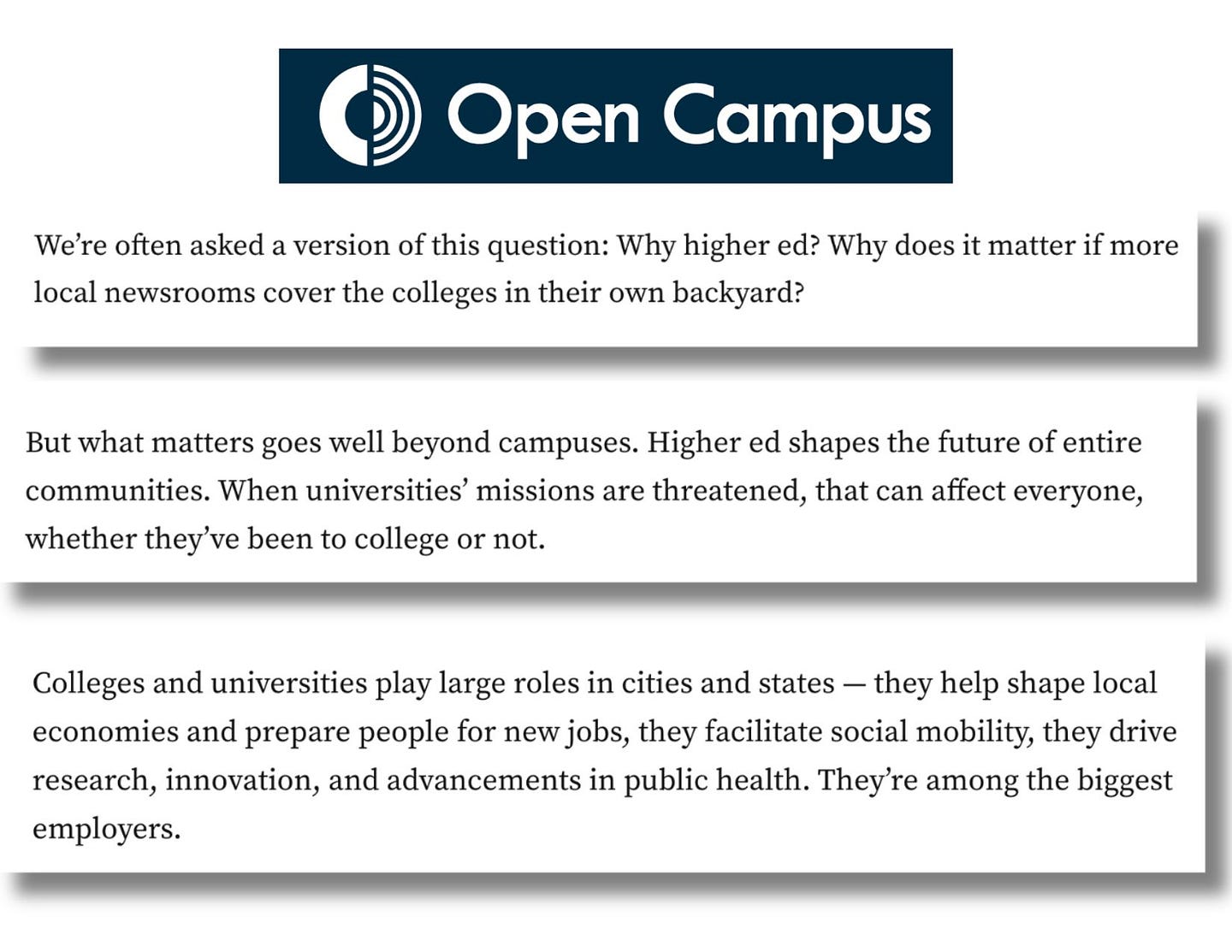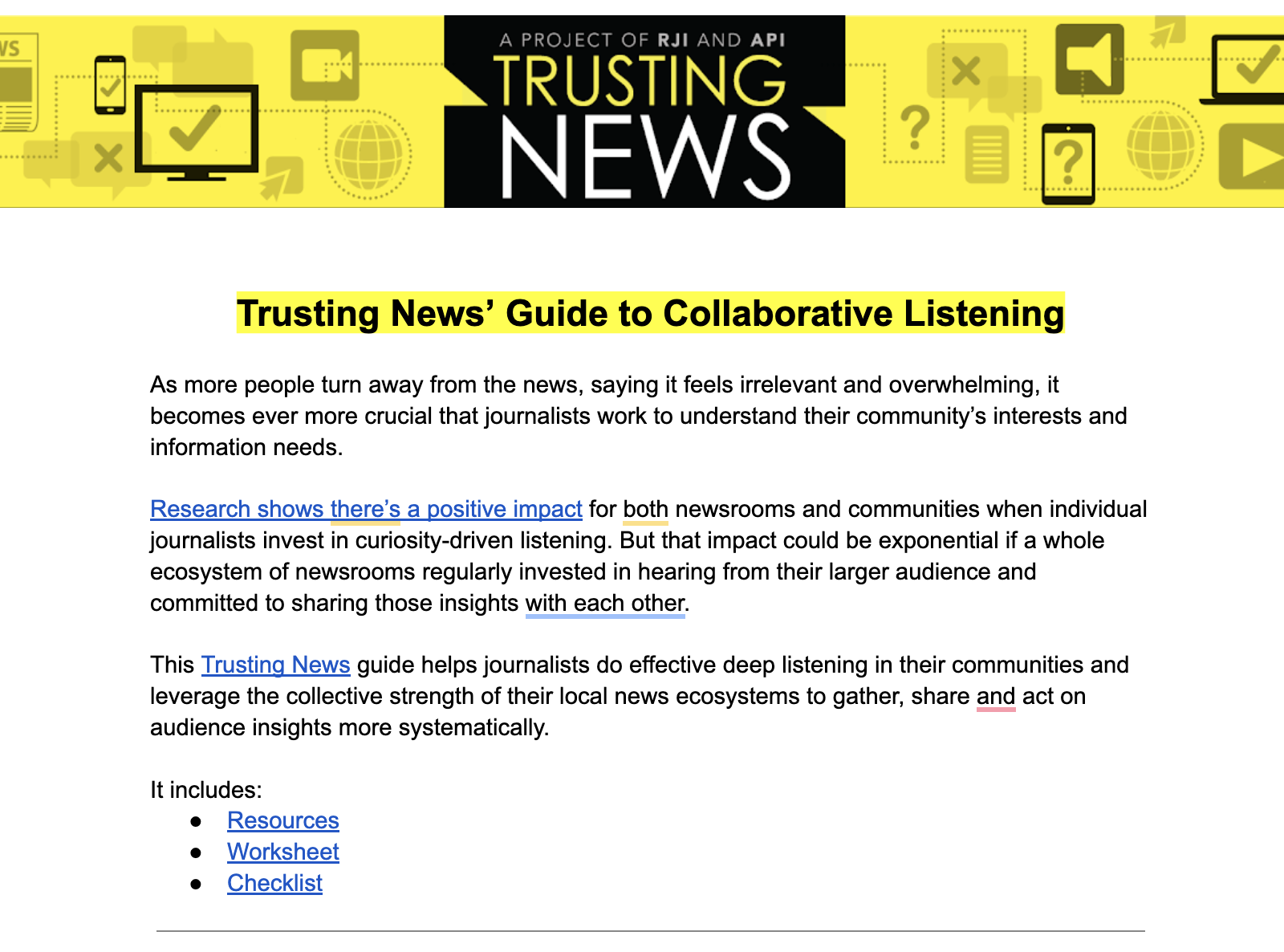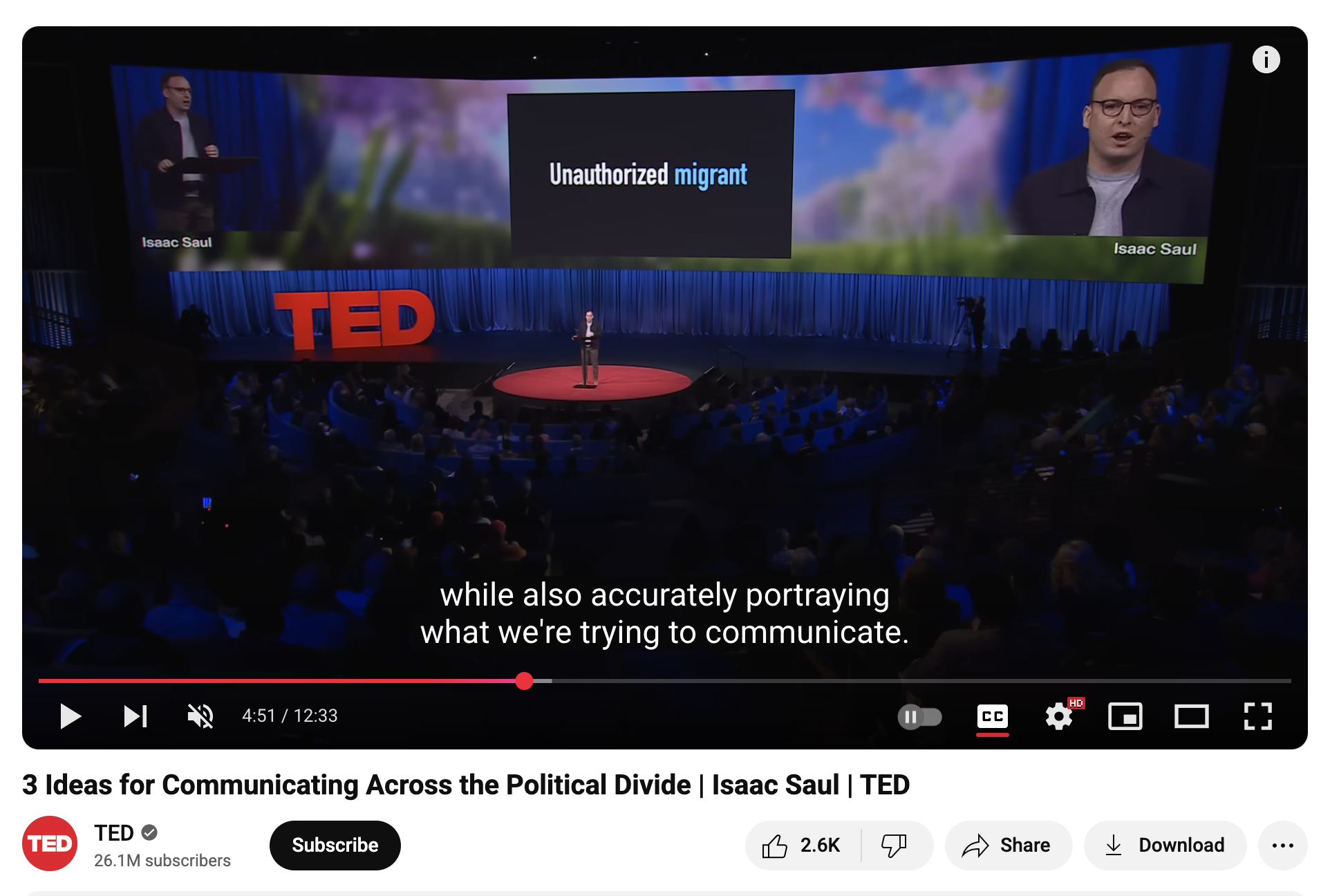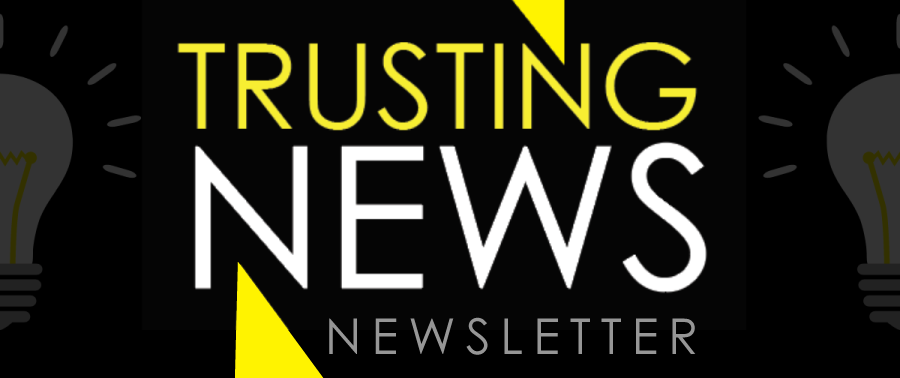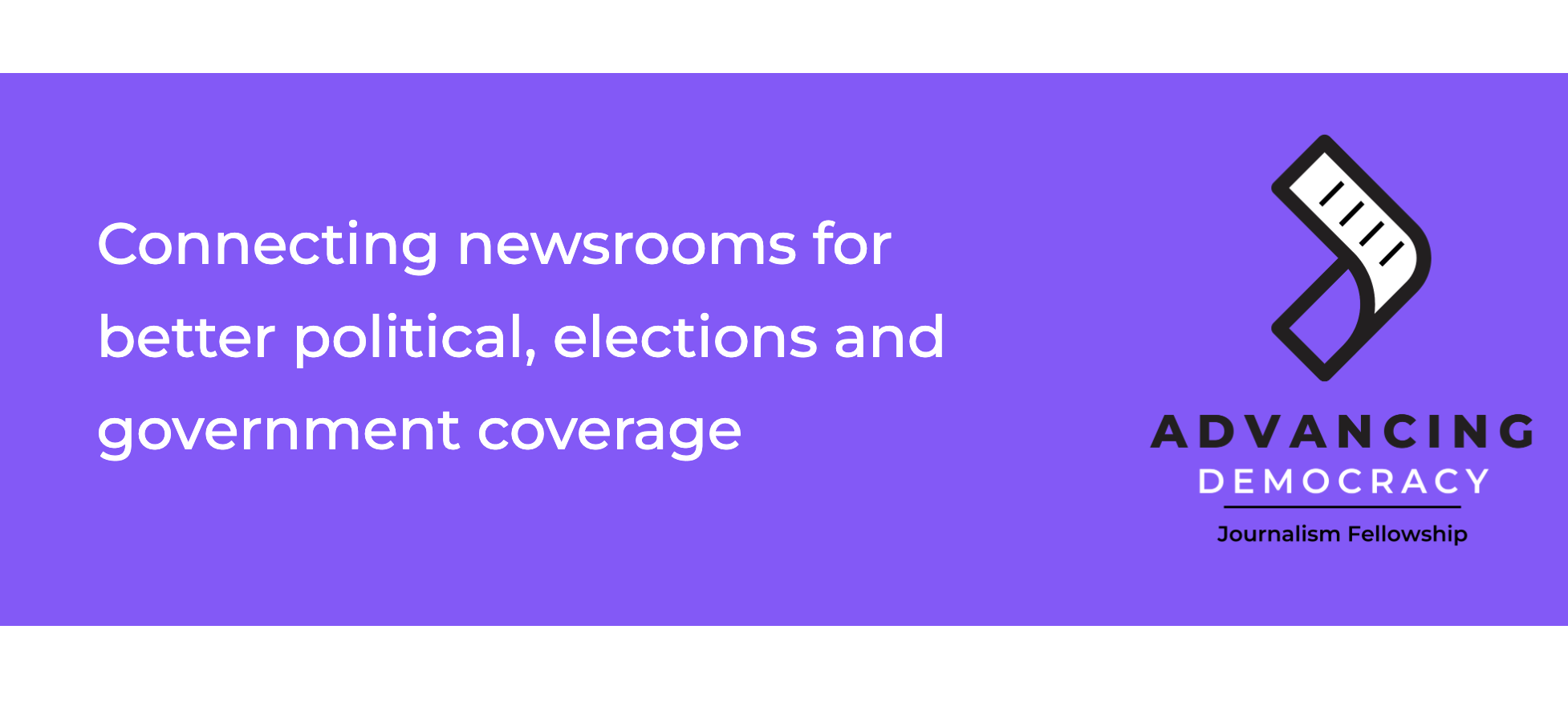
With political coverage being a major driver of distrust, we know many journalists are looking to reimagine what improved coverage of politics and government could look like. That’s why in today’s newsletter, we’re excited to share some recent research that highlights how newsrooms were able to evolve their political coverage (plus strategies and an invitation […]
Covering politics? Act on these key research findings
With political coverage being a major driver of distrust, we know many journalists are looking to reimagine what improved coverage of politics and government could look like.
That’s why in today’s newsletter, we’re excited to share some recent research that highlights how newsrooms were able to evolve their political coverage (plus strategies and an invitation for how you can take this work back to your newsroom).
The research (how we know it works!)
New research shows journalists who went through the Advancing Democracy fellowship — a nine-month training led by Trusting News, Hearken and Solutions Journalism Network to help newsrooms create better election coverage — saw an increase in transparency and solutions coverage in their political coverage. Download the study free here.
Researchers analyzed almost 1,400 news stories from the 22 news organizations that participated in the fellowship in 2022 and found that newsrooms that went through the trainings:
- Produced fewer horse-race frame stories, meaning less coverage that framed elections as battles, games or a competition between candidates.
- Boosted their engagement practices, meaning that coverage was based on or involved some kind of community feedback, outreach and listening with the community.
- Included more transparency elements in stories, such as content alongside the story that explained how the story came to be, sharing ethics involved in the reporting process, and how many sources were consulted.
- Increased their solutions-oriented coverage.
The researchers also have completed a few audience studies — experiments and focus groups — that show people really respond to this type of content as well. That research should be out in a few months.
While researchers can’t say these impacts were solely from being part of the fellowship, we’re excited that journalists exposed to training and coaching from our three organizations ultimately infused their political coverage with similar strategies and approaches.
BIG thanks to Sue Robinson, University of Wisconsin-Madison, Joshua P. Darr, Syracuse University, and Margarita Orozco, University of Kansas, for doing this valuable research! You can read their whole report here.
How you can replicate this work
Here are four main trust-building strategies we trained these newsrooms on, as well as resources to help you apply them in your own journalism.
- Depolarize coverage. Many newsrooms in the Advancing Democracy fellowship used our Anti-Polarization Checklist, which is a checklist designed to help newsrooms assess how their content may play into polarizing narratives. It helps newsrooms pause and reflect on how their sourcing, framing and language will land with people across the political spectrum. We encourage you to test it out on some of your coverage, especially when covering sticky or controversial political topics.
- Add transparency. We know that transparency boosts trust. That’s why we strongly encourage journalists to be transparent in their coverage, especially when covering politics or government. Two ways you can practice transparency: Write a mission statement for your election coverage or create an FAQ explaining the approach and values of your coverage. Our Transparency Trust Kit walks you through how to infuse this kind of transparency into your daily coverage.
- Listen to your community. Our coverage is successful when it feels relevant and useful to the audiences we serve. But how can we understand if our content is relevant and useful? We have to first examine our community’s information needs by asking — and then listening — to our audience. We have guidance on how you can do intentional listening in your community here, as well as ideas for how to ask for people’s input here.
- Focus on solutions. We’re big fans of solutions coverage because we know it can help shift news consumers from feeling overwhelmed and hopeless to feeling like they have agency. Solutions Journalism Network has a plethora of resources worth checking out, like this toolkit that walks you through how to find and report a solutions story.
These 2 upcoming events can kickstart your improvements
- Training June 18: Get clear about your goals and values. Whether you’re reporting on local government, civic engagement, or community solutions, a public-facing mission statement and FAQ can help explain your newsroom’s values and build trust with your audience. The webinar is free, but registration is required to reserve a seat. Note: This is part of this year’s Advancing Democracy initiative, which we’re thrilled to be launching again alongside our partners at Solutions Journalism Network and Hearken. This year, there are a handful of ways newsrooms and journalists can get involved, including an online course, coaching, trainings and an opportunity to apply for an innovation fund. Learn more at advancing-democracy.org and sign up to get alerted as these opportunities launch.
- Conversation June 26: Let’s talk about how we cover democracy. We’re hosting a conversation to talk about what it means for journalists to cover democracy effectively right now? How does our approach need to evolve when democracy language has been weaponized — and when research shows that threats to democracy are interpreted differently by people with different views? Register to join the conversation here.
Thanks to the researchers
Over the past three years of the Advancing Democracy Fellowship, we’ve collaboratively trained and coached more than 50 newsrooms on how to do more engaged, less polarizing, community-oriented coverage.
While participating journalists have reported it has helped them increase their audience and attract new readers, listeners and viewers, it can be difficult to measure if these trainings created lasting changes in political coverage for these newsrooms.
We’re grateful to the research partners for undertaking this project and helping us measure the impact of this work!
You can read more about Trusting News’ previous research here, and about our overall approach to working with researchers and partner newsrooms in this piece for the American Press Institute. If you’re a researcher looking to connect or collaborate, please reach out!
At Trusting News, we learn how people decide what news to trust and turn that knowledge into actionable strategies for journalists. We train and empower journalists to take responsibility for demonstrating credibility and actively earning trust through transparency and engagement. Learn more about our work, vision and team. Subscribe to our Trust Tips newsletter. Follow us on Twitter and LinkedIn.
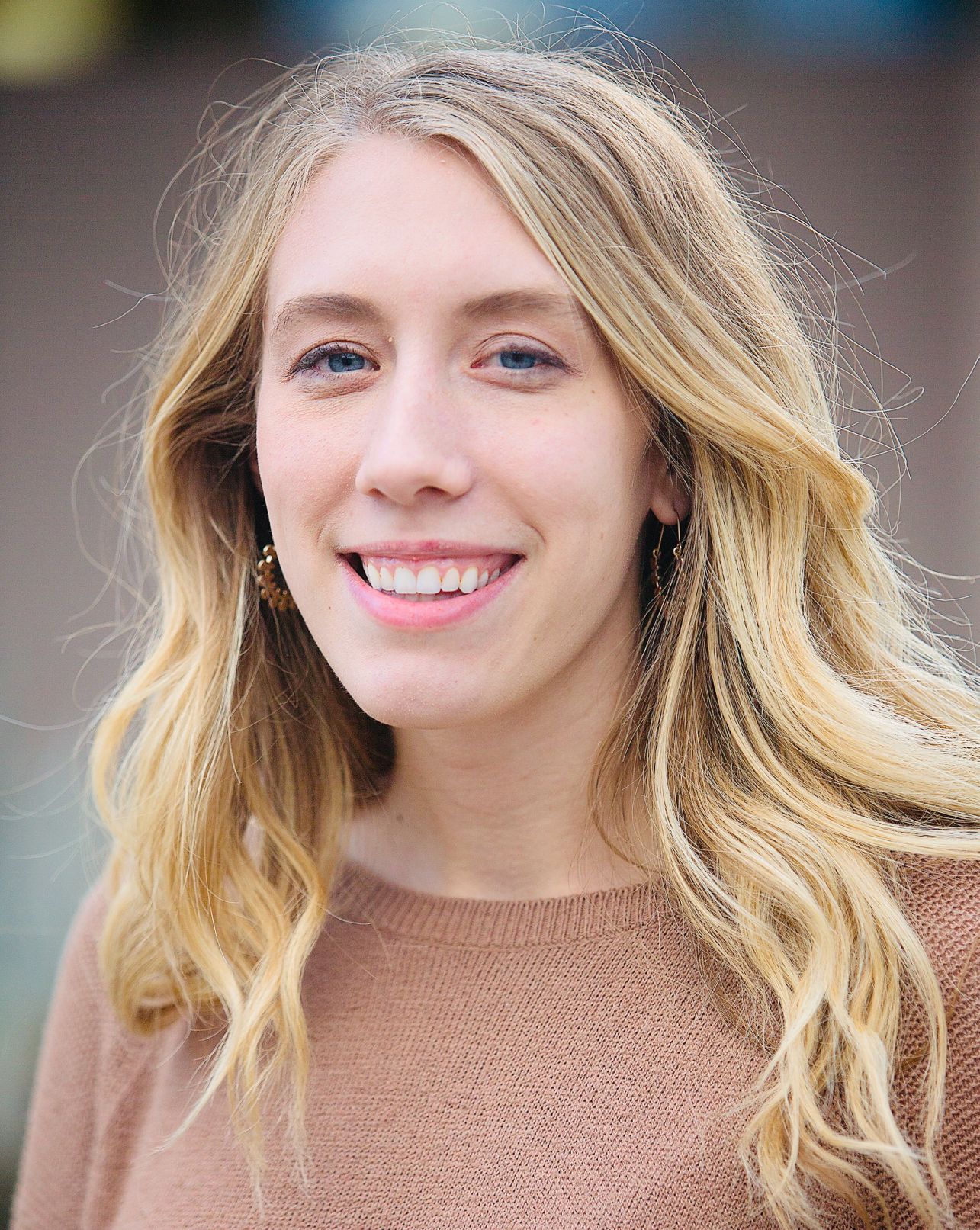
Project manager Mollie Muchna (she/her) has spent the last 10 years working in audience and engagement journalism in local newsrooms across the Southwest. She lives in Tucson, Arizona, where she is also an adjunct professor at the University of Arizona’s School of Journalism. She can be reached at mollie@trustingnews.org and on Twitter @molliemuchna.
